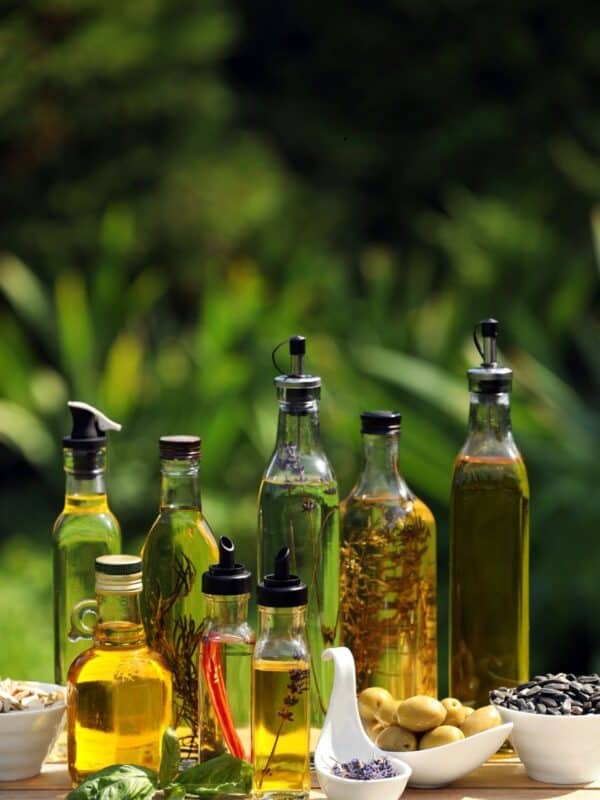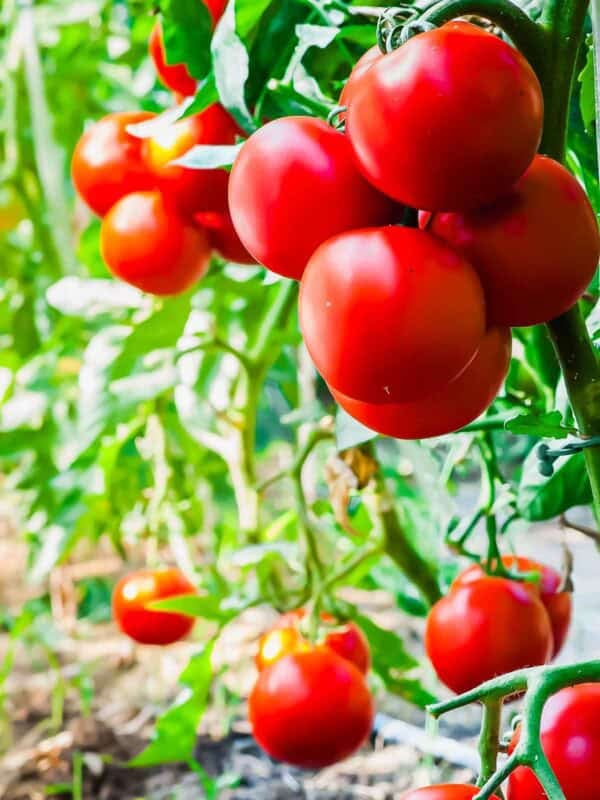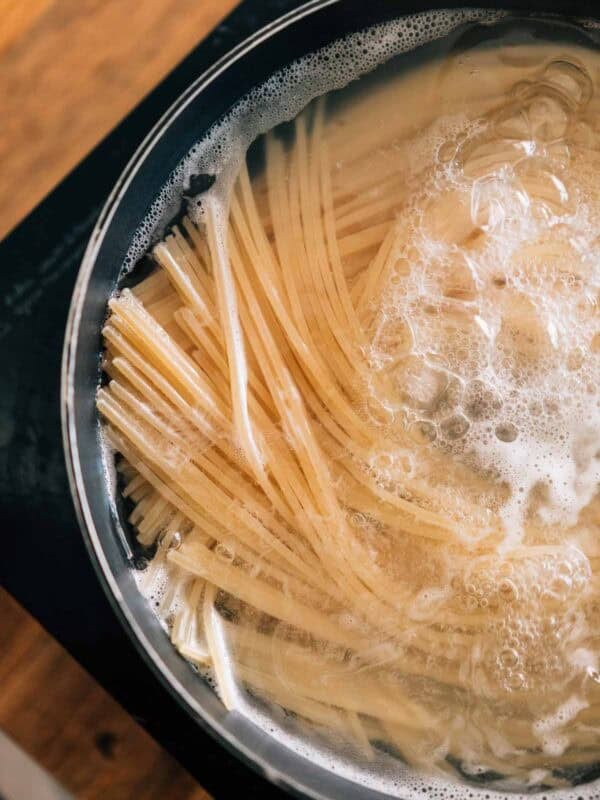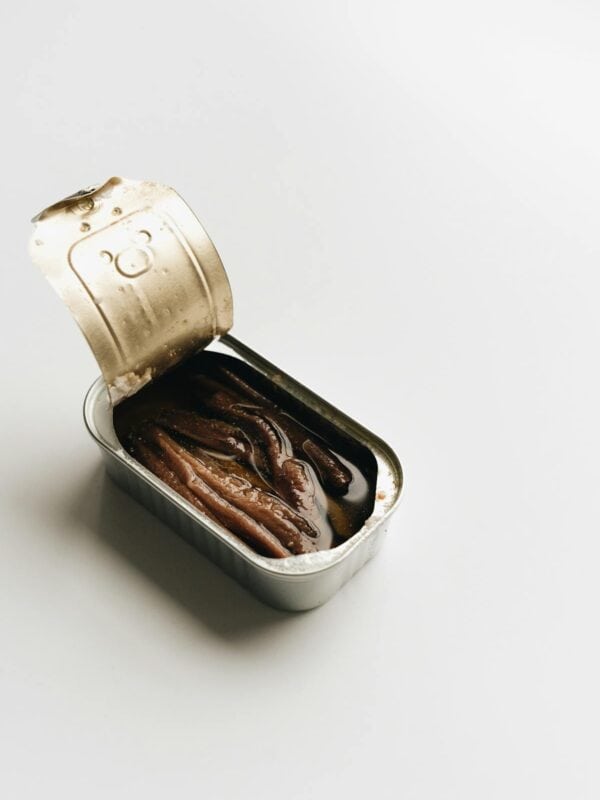Should mushrooms be washed under water or brushed off with a towel? This kitchen conundrum has plagued cooks everywhere but the record is about to be set straight once and for all.
Turns out, the answer isn’t as straightforward as you might hope. There’s nuance to cleaning mushrooms properly and the old adage you’ve likely heard to never run mushrooms under water doesn’t always ring true. This article will dive into the best practices for how to clean mushrooms so they’re squeaky clean and ready for any recipe.
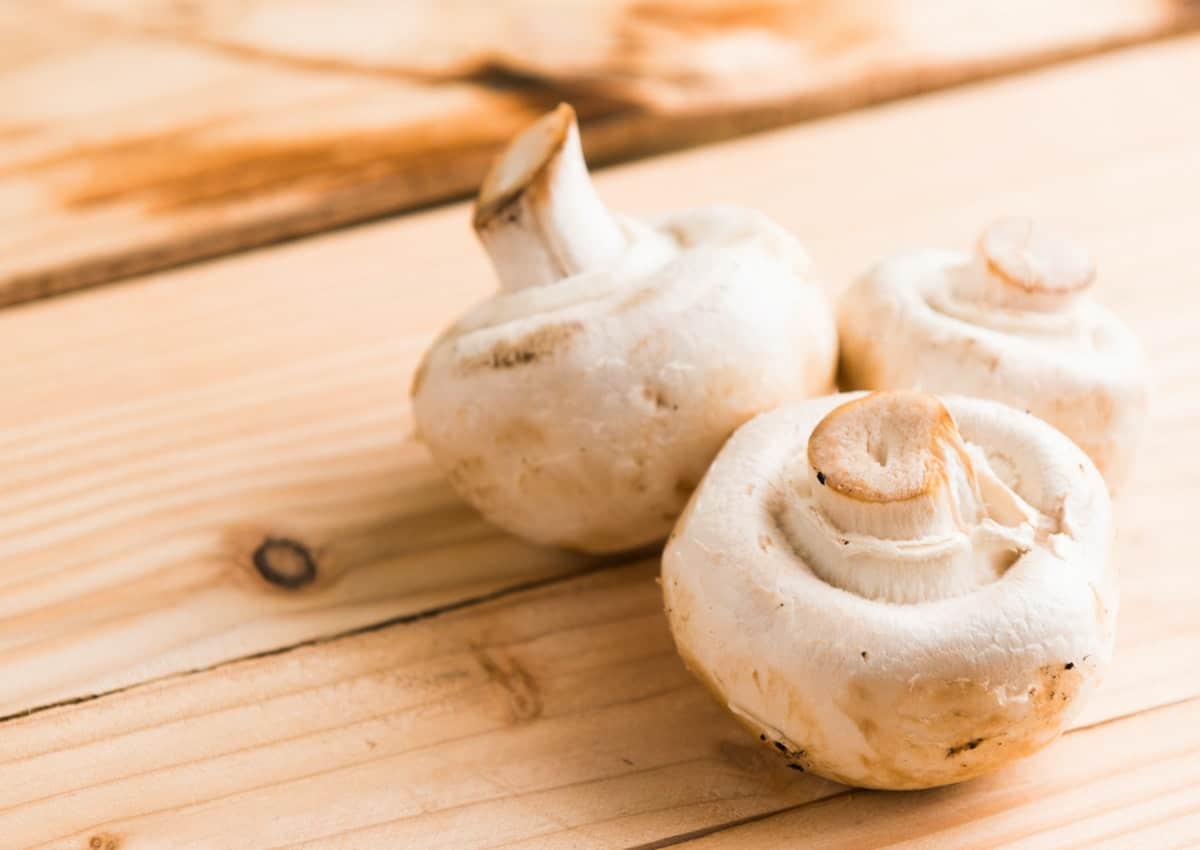
Why are mushrooms so dirty?
The earthy, umami flavor of mushrooms is a delicious part of many savory dishes from a steak dinner to a creamy vegan risotto. But before these fabulous fungi can be used in cooking, they need to be cleaned of any dirt and debris. Chances are, if you’ve ever purchased a container of white button or cremini mushrooms you’ve been met with a pile of dirt at the bottom of the container and likely quite a bit coating each mushroom itself.
The reason for this is how they’re grown. Mass-produced mushrooms are grown in a peat mixture. It’s often sterilized and there’s no reason to worry about accidentally consuming some of the dirt but it’s still best practice to get rid of as much as possible before cooking.
How to clean mushrooms
There are two different methods of cleaning mushrooms: the dry method, which involves brushing debris off with a towel, and the wet method, which can include rinsing and washing the mushrooms.
Dry cleaning method
The dry method of cleaning mushrooms involves using a paper towel, kitchen towel or a mushroom brush. Yes, such a tool does exist and it’s one of the few single-purpose kitchen gadgets that may be worth owning.
The dry cleaning method is a bit tedious but there’s a good reason for it. Mushrooms are incredibly porous. If soaked with water during the cleaning process, they become mushy and waterlogged and will never brown nicely in a recipe. Caramelized mushrooms are so much more intensely flavorful that it’s worth the care to clean them properly.
To clean mushrooms using the dry method, gently brush the dirt and debris off each one using a slightly damp towel. This method works well for any mushroom with a defined cap such as white button, cremini, portobello, chanterelle and shiitake.
“I always clean my mushrooms with a mushroom brush rather than a towel. A mushroom brush is more effective because its soft bristles gently remove dirt and residual soil without damaging the mushroom’s delicate surface.”
— Sara Nelson, Real Balanced
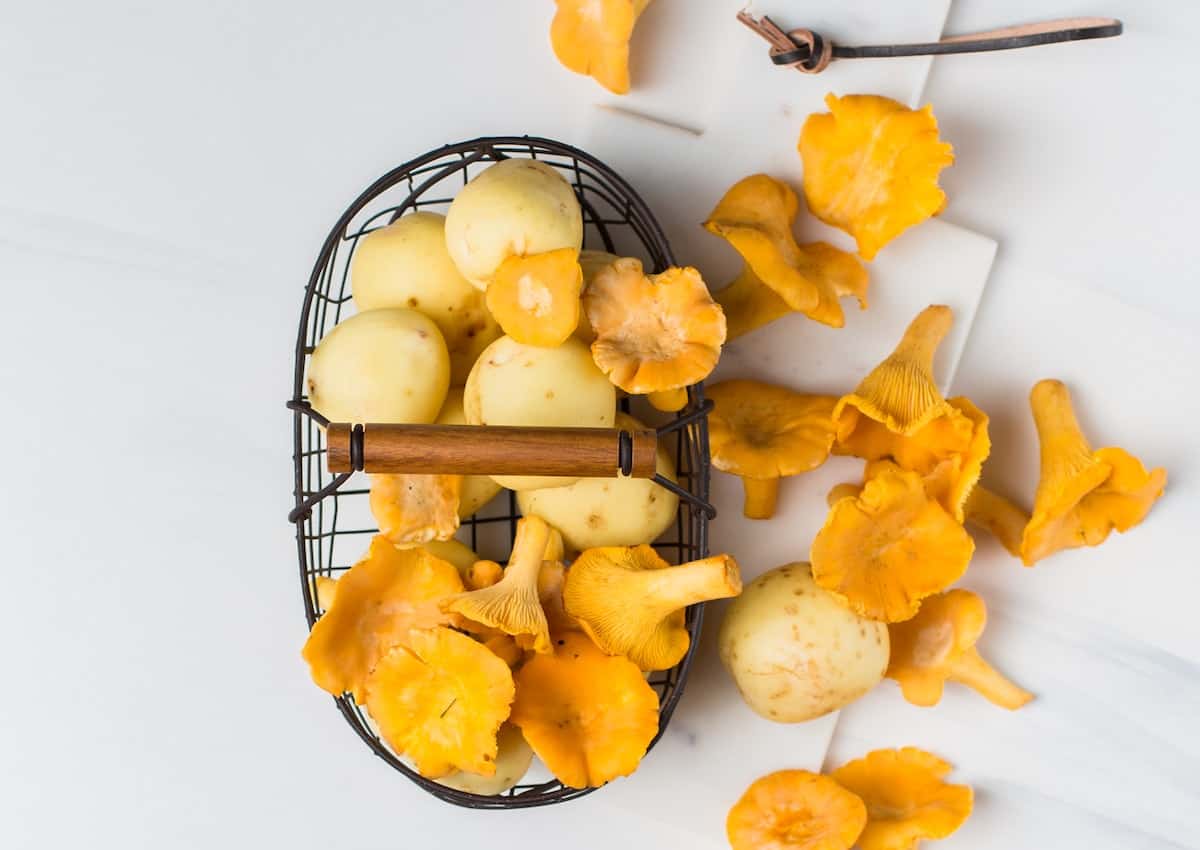
Wet cleaning method
If you’re in a hurry or dealing with pre-sliced mushrooms, this method is a good option. Despite what your mom, grandmother and every other seasoned cook have probably told you, mushrooms can be lightly rinsed under water. The key word, however, is lightly. Think of this method more like a quick shower than a long soak.
There are two approaches to the wet wash method:
- Strainer method
- Bowl method
The strainer method entails adding the mushrooms to a strainer or colander and lightly rinsing them off with cool water.
To utilize the bowl method, add the mushrooms to a large bowl filled with water and gently toss them in the water for 30 seconds to one minute until the debris falls off.
Whichever method you employ, make sure to thoroughly pat the mushrooms dry using a kitchen towel afterward to soak up any excess water.
The goal of both methods is to get the mushrooms clean as quickly as possible. Do not let them soak in the water.
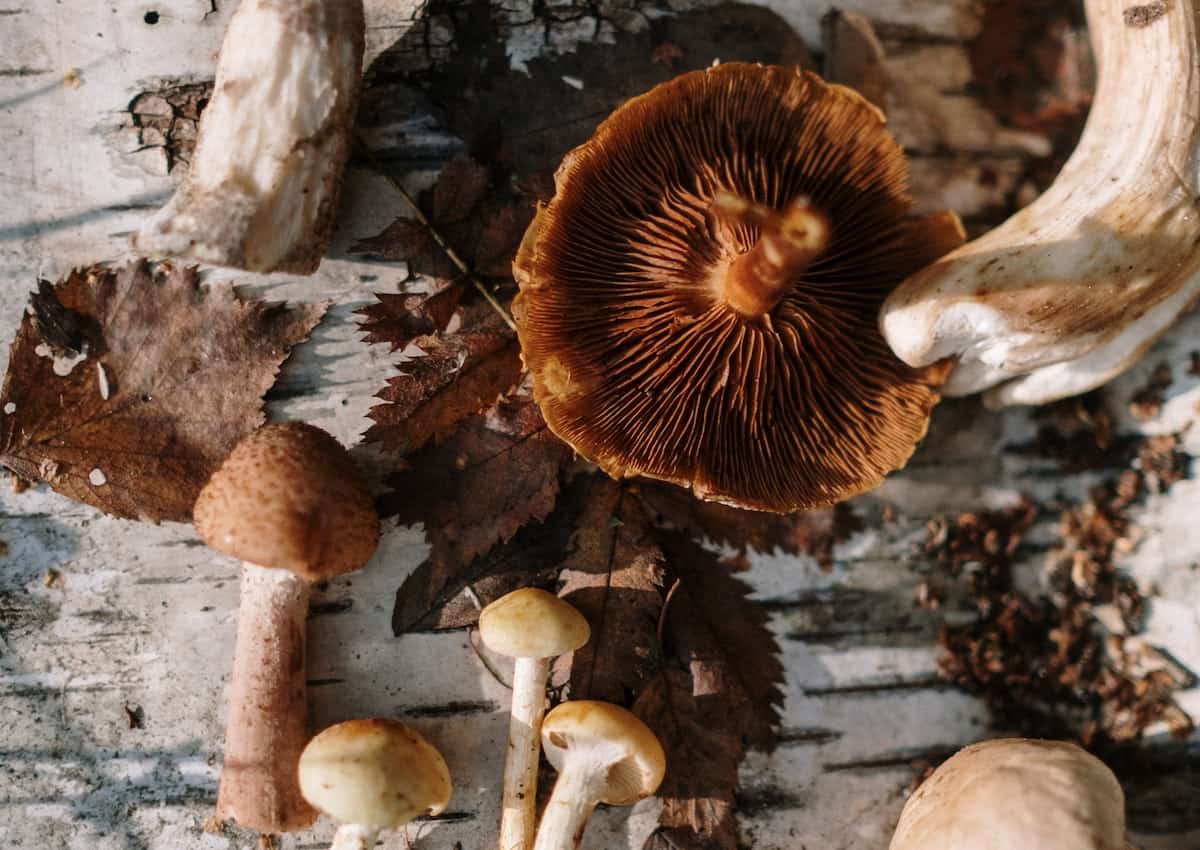
Unique mushroom varieties
Mushrooms are having a moment lately with the rise of adaptogenic powders and people’s newfound understanding of their potential health benefits. Because of this, varieties like lion’s mane, turkey tail, trumpet, maitake and reishi are starting to make their way into markets.
These mushrooms are a far cry from the standard button mushroom in appearance and can be a little more confusing in terms of how to clean.
The good news is they seldom hold as much dirt and debris as conventional white mushrooms or portobellos (which you can stuff or turn into fries) since they’re grown differently, these wild mushrooms they may not need much cleaning at all.
If you do spot some dirt on these types of mushrooms, however, it’s best to use the dry method. For mushrooms such as lion’s mane or maitake (also called hen of the woods), a soft pastry brush can also make a good cleaning tool.
Morel mushrooms
Morels have a specific cleaning approach due to their unique composition. If you’re lucky enough to get your hands on this wild mushroom, knowing how to clean them correctly is important.
Morel mushrooms have a hollow center and a sponge-like top that both allow dirt, bugs and other insects to hide. Since morels are foraged in the wild and not grown commercially, they’re often full of this kind of debris.
To properly clean these mushrooms, it’s recommended to slice them in half vertically and soak them in water. Change the water as needed until all the dirt and debris are gone. Rinse them well then pat dry before cooking. Morels have a nutty, earthy flavor and meaty texture that makes them delicious as a pizza topping.
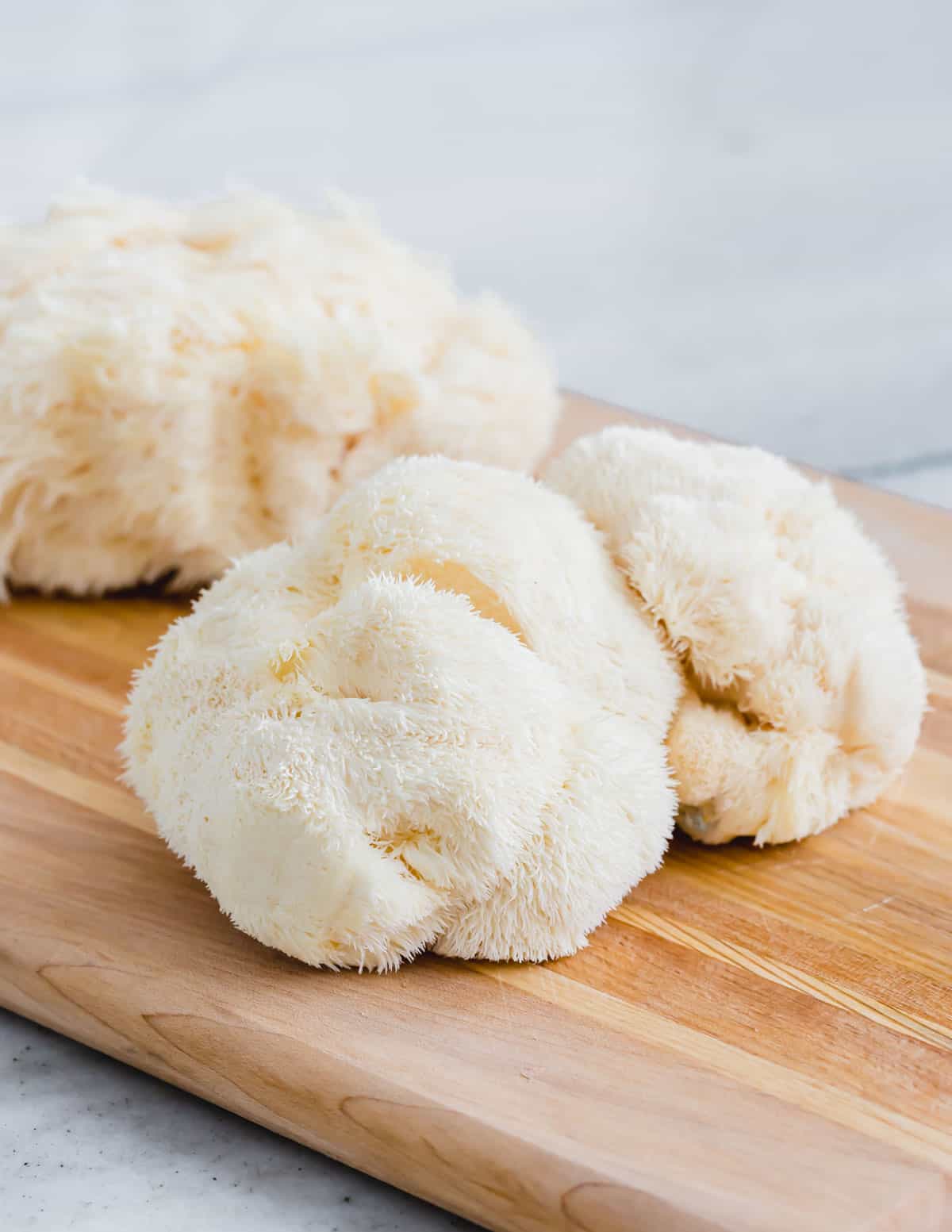
What to do with the stems
As part of the cleaning and prepping process, many people discard mushroom stems entirely. This is a huge oversight because mushroom stems have a variety of uses.
When making stuffed mushrooms, mushroom stems can be diced and added to the stuffing for extra mushroom flavor. They can also be diced and added to mirepoix as the start of a variety of dishes from ragus to soups and stews. And if nothing else, mushroom stems make a great flavoring component to any homemade stock or broth.
Delicious mushroom recipes to try
Instant Pot beef and mushroom stew — This beef and mushroom stew is a hearty, comforting, stick to your ribs kind of meal that’s perfect for cooler weather.
Portobello mushroom egg bakes — Stuffed with a ricotta spinach mixture and finished with a runny egg that’s baked right on top, these are a perfect quick dinner or savory breakfast.
Breakfast hash stuffed portobellos — These jalapeno cilantro hash stuffed portobellos are deliciously salty from the bacon with a kick of spice and topped off with a poached runny egg.
Mushroom beet and blue cheese galette — This savory galette has a flaky and buttery gluten free crust filled with deep savory umami flavors.
Buckwheat risotto with mushrooms and leeks — This unique meatless risotto is a hearty dish packed with flavorful mushrooms and leeks.
Mushroom stuffed pears with gorgonzola — In need of a unique appetizer? Look no further than ripe stuffed pears with a savory mushroom and sharp gorgonzola cheese filling.
Champagne chicken — Creamy, decadent and indulgent, this dish is easy yet incredibly elegant and perfect for entertaining.

The final word on fungi
Whether you’re pickling mushrooms for a charcuterie board or air frying mushrooms for a quick and easy umami-flavored side dish, knowing the right method for cleaning them is an important step in the cooking process. It may seem simplistic but an improperly cleaned mushroom can have a big impact on the flavor and texture of the final dish. Their nutty, earthy and savory flavor profile is best showcased when kept as fresh and dry as possible.
This article originally appeared on Food Drink Life.
Gina Matsoukas is an AP syndicated writer. She is the founder, photographer and recipe developer of Running to the Kitchen — a food website focused on providing healthy, wholesome recipes using fresh and seasonal ingredients. Her work has been featured in numerous media outlets both digital and print, including MSN, Huffington post, Buzzfeed, Women’s Health and Food Network.



